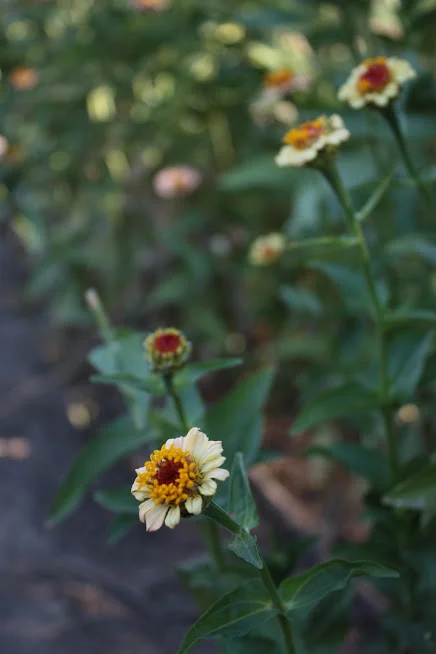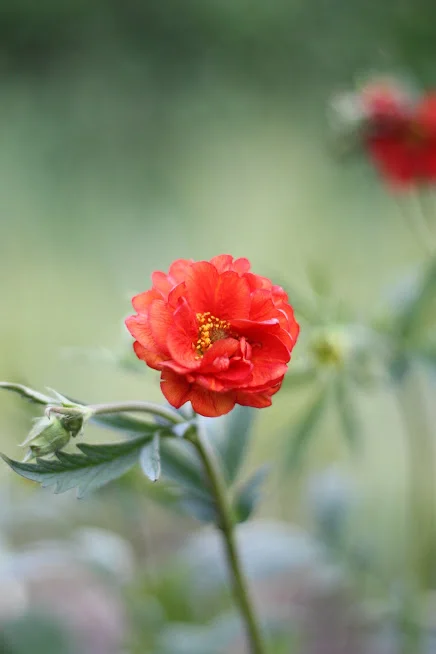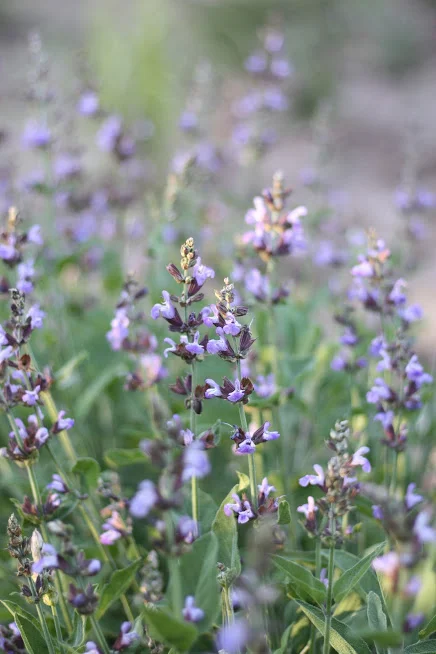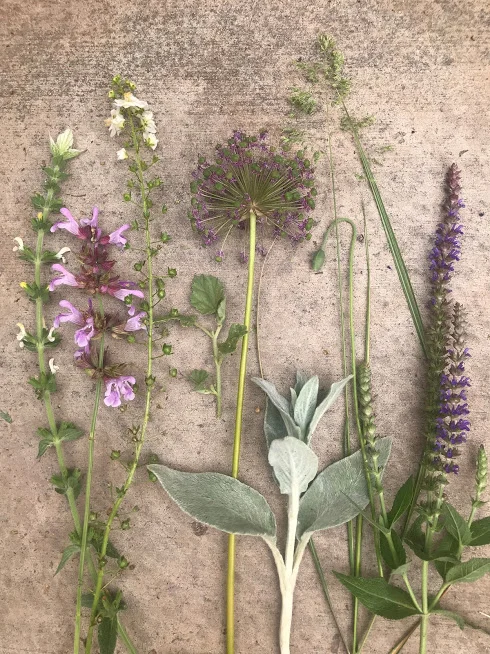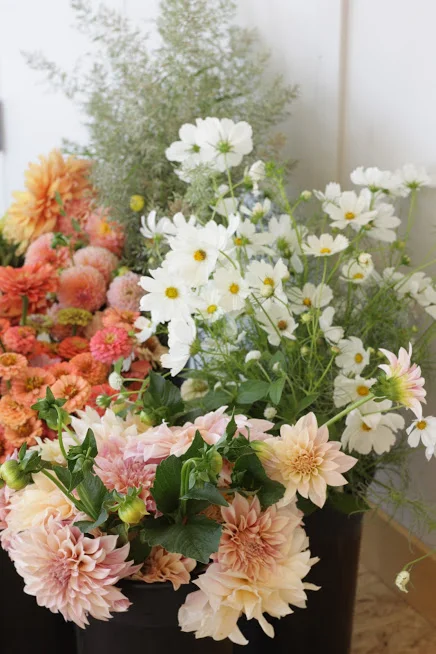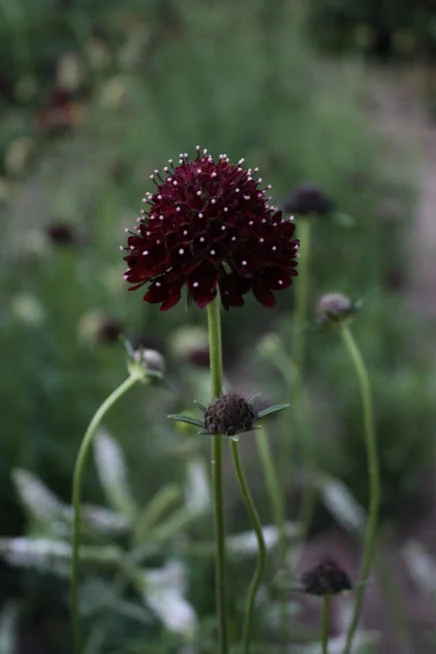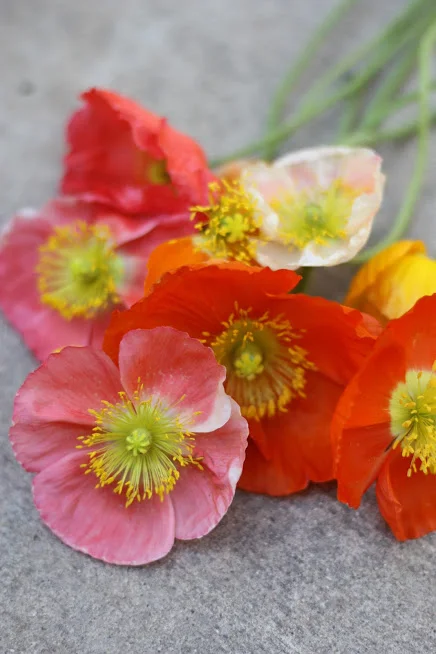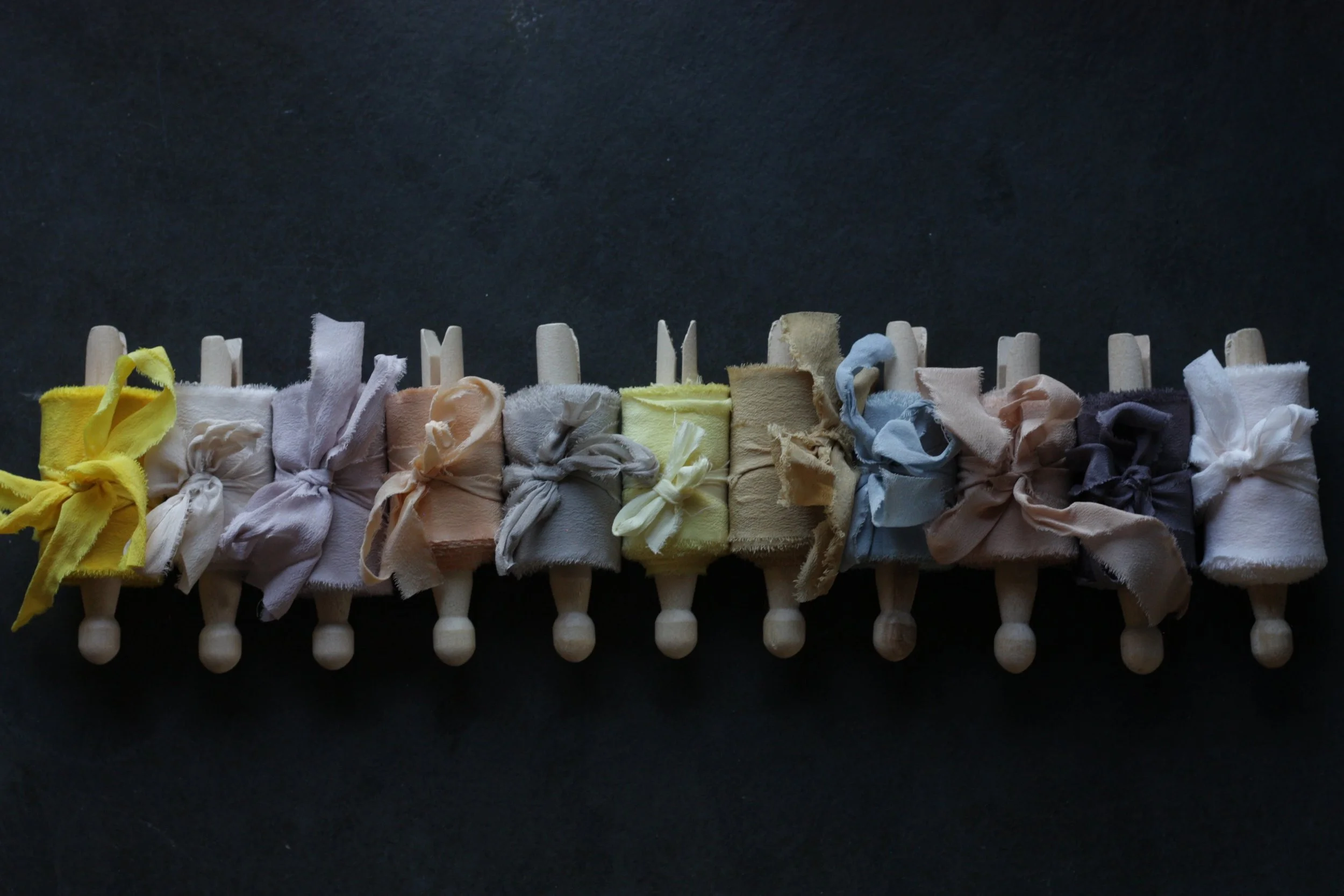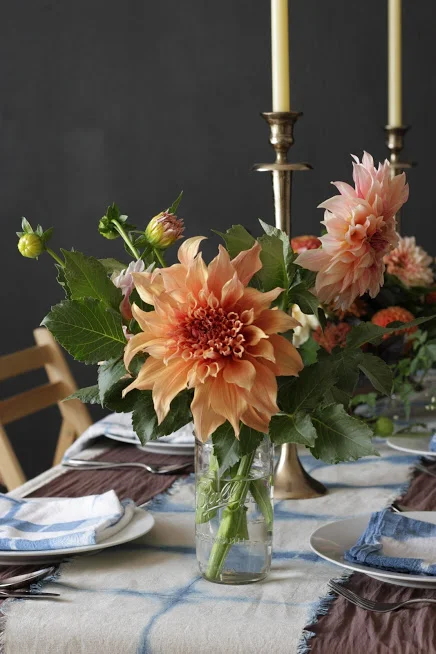Snapdragons aren’t necessarily one of the flowers that I first fell in love with as a grower. They were kind of “meh.” I thought of them as mostly bedraggled bedding plants that never really looked great at any point, although I was fascinated by the small snapdragon that managed to struggle and overwinter three years in a row.
In addition, snapdragons were endemic in all of the very standard Teleflora designs, especially in the “Hospital Dolly Yellow” as Sarah Raven describes it. Boring, standard, and overused, there was nothing that I loved about snapdragons.
That was, until I saw some photos of snapdragons in farmers fields. We don’t have too many of those vertical spires available to us - digitalis, veronicas, verbascums, eremerus are the only ones aside from snapdragons I can think of. A row of snapdragons standing upright at attention is something to behold.
Read More
